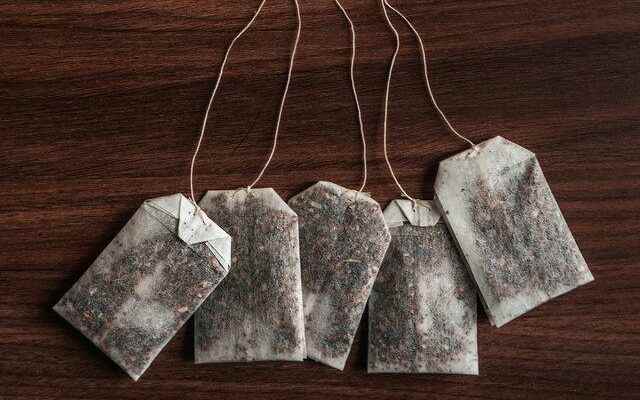Sakarya University (SAU) Engineering Faculty Environmental Engineering Department Lecturer Assoc. In her research on some tea bags, Meral Yurtsever found that while microplastics were found in 4 of 11 cup bags and all 11 teapot bags of different brands, approximately 13 thousand microplastic particles passed into water from one bag.
In a study conducted in the Netherlands and the results of which were announced in March this year, microplastics were found in human blood for the first time. In the study, PET plastic, which is widely used in the production of beverage bottles, food packaging and clothing, polystyrene used in the packaging of food and household products, and polyethylene used in the manufacture of plastic bags were detected in the blood samples. Assoc. Dr. Meral Yurtsever, within the scope of the TÜBİTAK (118Y515) project, investigated whether microplastics are transferred to the tea when brewing with tea bags.
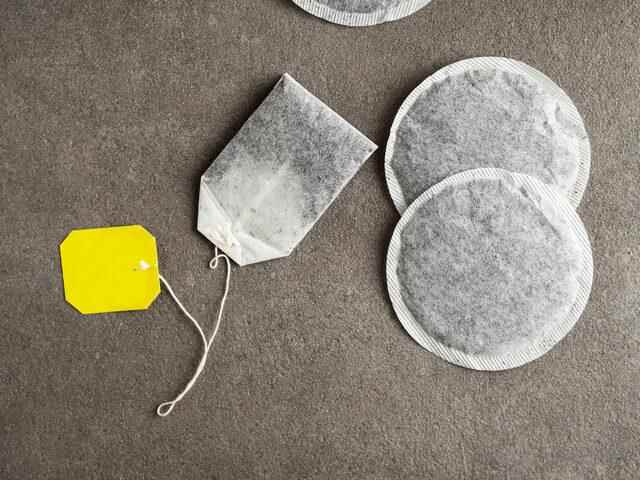
13 THOUSAND MICROPLASTICS IN ONE BAG OF TEA!
Yurtsever, who came across microplastics in some tea bags in his study, said, “I saw that 13 thousand microplastic particles pass into our beverage, namely tea, on average. With the technique I used here, we can detect microplastic particles up to 3 micrometers in size. In other words, up to 13 thousand microplastics between 3 micrometers and 5 millimeters in tea. We can say that the microplastic has passed.” said.
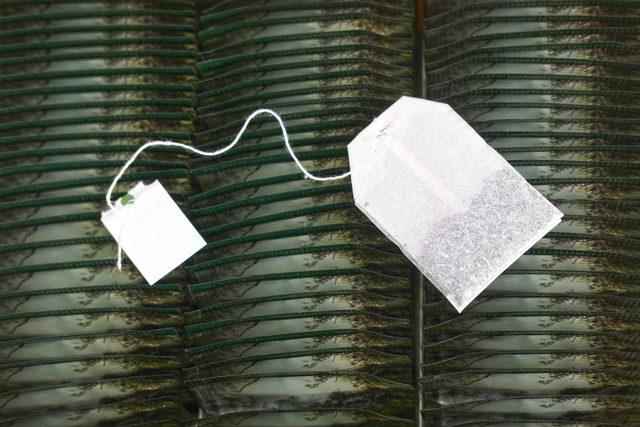
11 PLASTIC ADDITIVES IN THE TEAP BAG!
Explaining that he examined 11 cup bags and 11 teapot bags of different brands, known as cellulose, in the research, Yurtsever said that all of the teapot bags were made of tissue with plastic addition, 4 of the glass bags were made of 100 percent cellulose, and 7 of them contained plastic. Yurtsever said, “I saw that all of the 11 teapot bags I examined were made of plastic and these plastics were polyester, polypropylene, and polyethylene.” he said.
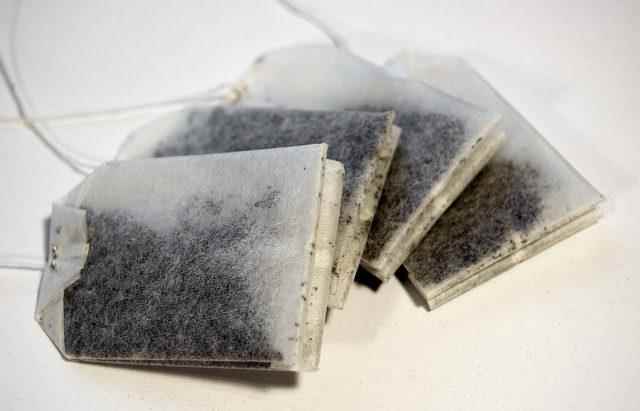
TEA IS RELEASING PLASTIC
Yurtsever also made the following warnings about the bar teas that have been on the market recently:
“There is also a new generation of new trendy tea bags, but stick teas, which I call tea bags, are also referred to as pencil tea. When we look at them, they look like a stick and have holes, and there is tea inside. plastic is released into the tea.”
Emphasizing that none of the properties of plastics change even if they are divided into small pieces, Yurtsever stated that swallowed or contacted microplastics cause toxic effects.
WHICH TEA SHOULD YOU PREFER?
Recommending the use of bulk tea instead of tea bags, Yurtsever said, “It would be more appropriate for the consumer to turn to products that do not contain much packaging. We can prefer bulk teas. Bag teas, okay, their practicality cannot be denied, but they can really have effects and burdens on the environment and people. Not only in terms of microplastic pollution. When we think of tea bags, we produce extra garbage when we think of those additional bags, labels, staples or glue, cotton thread, etc., but when we use bulk tea, we take it directly and brew it in a teapot.” said.
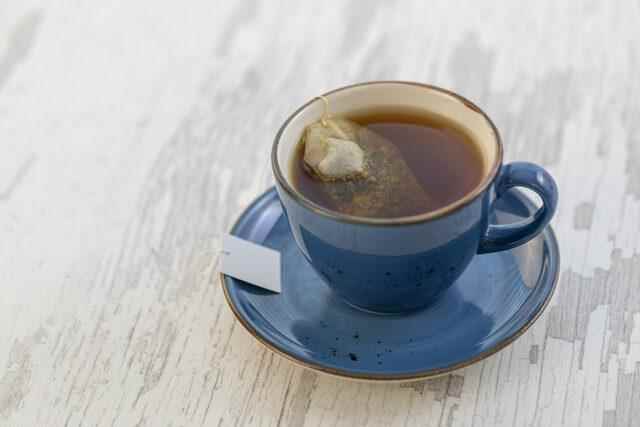
“IT GATHERED INTO OUR LIVES LIKE BEAUTIFUL BUT NOW THERE IS TROUBLE”
Stating that plastics have been considered as miraculous substances since the day they were first produced, due to their various properties such as lightness, flexibility, durability, easy workability, good electrical and heat insulation and cheapness, Yurtsever said that for all these reasons, the use of plastics was overdone, and this triggered environmental pollution.
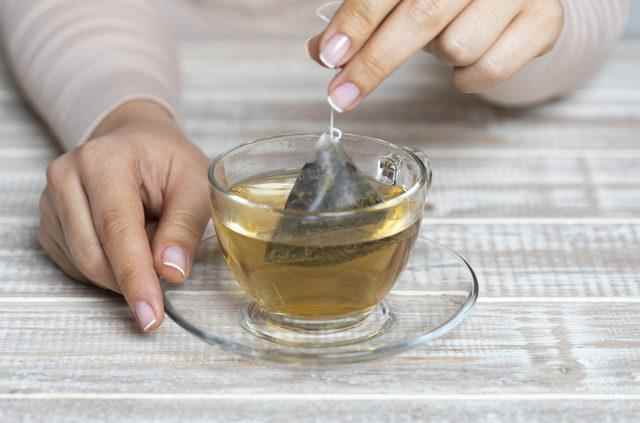
Yurtsever continued:
“Especially, the production of plastics, which entered our lives with such rapid growth 70 years ago, continued with an increase of 200 times from the 1950s to the 2020s. When we think about the production of plastics at the moment, a production of 400 million tons is mentioned. We also know that this has increased exponentially with the pandemic. In addition, we also know that by 2050, this will double. He came into our lives like a blessing, but he is definitely in trouble right now.”
“SINGLE USE PRODUCTS MUST BE LEFT”
Yurtsever drew attention to the need to abandon the use of single-use plastics and concluded his words as follows:
“I think that disposable products should be completely abandoned. In fact, we need to leave it from now on, because even in its current form, we spread, scatter, and distribute enough plastic around our environment. Even in this state, it is impossible for nature to clean itself. When we think in the long term, the current pollution bill is actually billed to future generations. That’s why we need to quit. Plastics are not something that disappears, dissolves, dissolves in the environment, but is a permanent thing. Therefore, there is a possibility that many of them can remain in nature for centuries without deteriorating. We should leave as much as we can. We should especially start with disposable products.” (AA)
